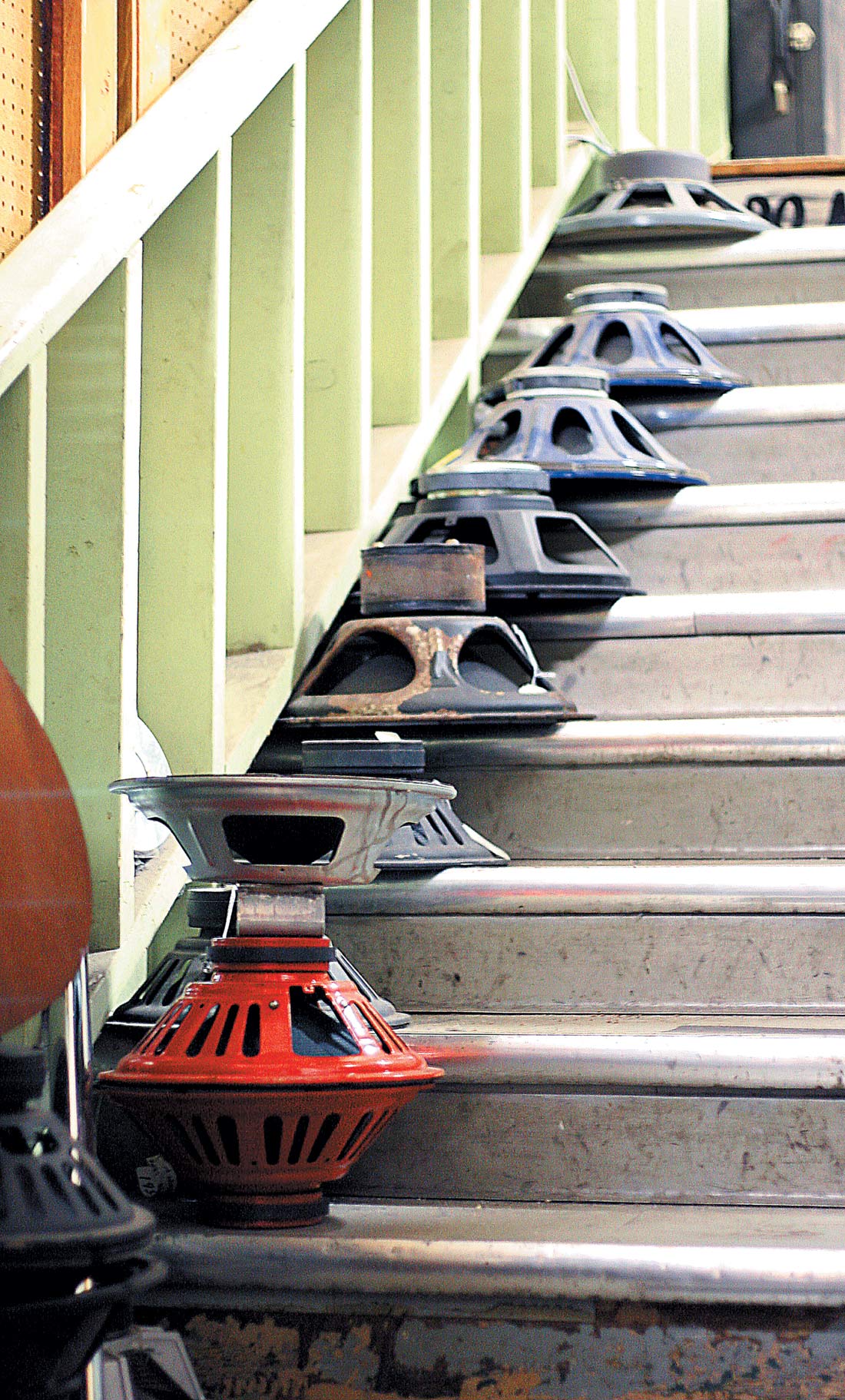Sessions with Sinatra is a fascinating account of Frank Sinatra in the studio, presented chronologically as his recording career progressed. It is an evaluation and appreciation of his recordings with details on how those records were made and who they were made with. All of Sinatra's periods are covered, from his big band beginnings to his early recordings for Columbia, from his glory days at Capital to his later years at Reprise, all the way to his Duets albums of the 1990s. What makes Sessions with Sinatra such a fascinating read for recording enthusiasts is the fact that as Sinatra's career developed, so did the art and technology of recording. At the beginning of his career, Sinatra's recordings were cut direct-to-disc, and microphone designs were being invented, modified, and perfected. Several pages chart the development of microphone technology from the 1870s to the '40s and '50s, with mics like the RCA 44 ribbon and the Neumann U 47 condenser. Also covered is the transition from 78 RPM records to 33 RPM and the subsequent development of the 12" album, as well as the interesting story behind the development of the 45 RPM single (subtract 33 from 78). In addition, the move from disc to tape recording in the late 1940s and early '50s is detailed and explained, as is the evolution from sound-on-sound to the invention of the multitrack recorder. Another treat for Tape Op readers is Sessions with Sinatra's plethora of photographs. There are dozens of great shots of Sinatra and the folks he worked with in the studio. Not only that, there are photos of the various studios Sinatra used (inside and out), pictures of gear, reproductions of lead sheets, and more. Finally, author Granata does a wonderful job of analyzing Sinatra's records. He really gets into what makes those recordings so special, from Sinatra's vocal techniques to the arrangements and orchestrations of Nelson Riddle, Gordon Jenkins, Billy May, and others. Space is also devoted to the various studios in which Sinatra worked and the techniques that were used to record his music. People from all facets of Sinatra's recording career are either interviewed or quoted: musicians, arrangers, producers, engineers, and record company men. Tapes from various recording sessions are transcribed, giving the reader an inside look into various Sinatra sessions. Between the excellent overview of Sinatra's recording history and the fascinating analysis of Sinatra's music, Granata has put together a remarkable, interesting, and informative book that deserves a place on all Tape Op readers' shelves. ($19.95; www.ipgbook.com)
Tape Op is a bi-monthly magazine devoted to the art of record making.




_disp_horizontal_bw.jpg)